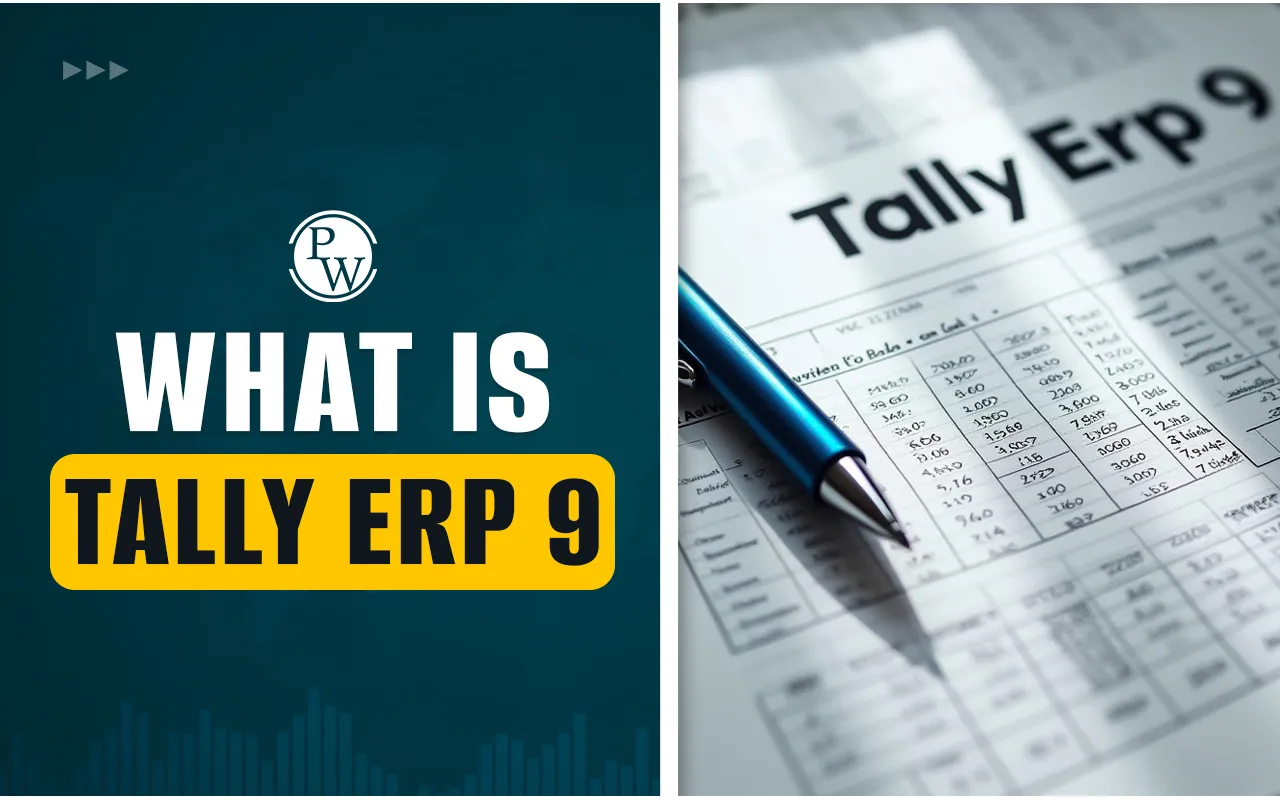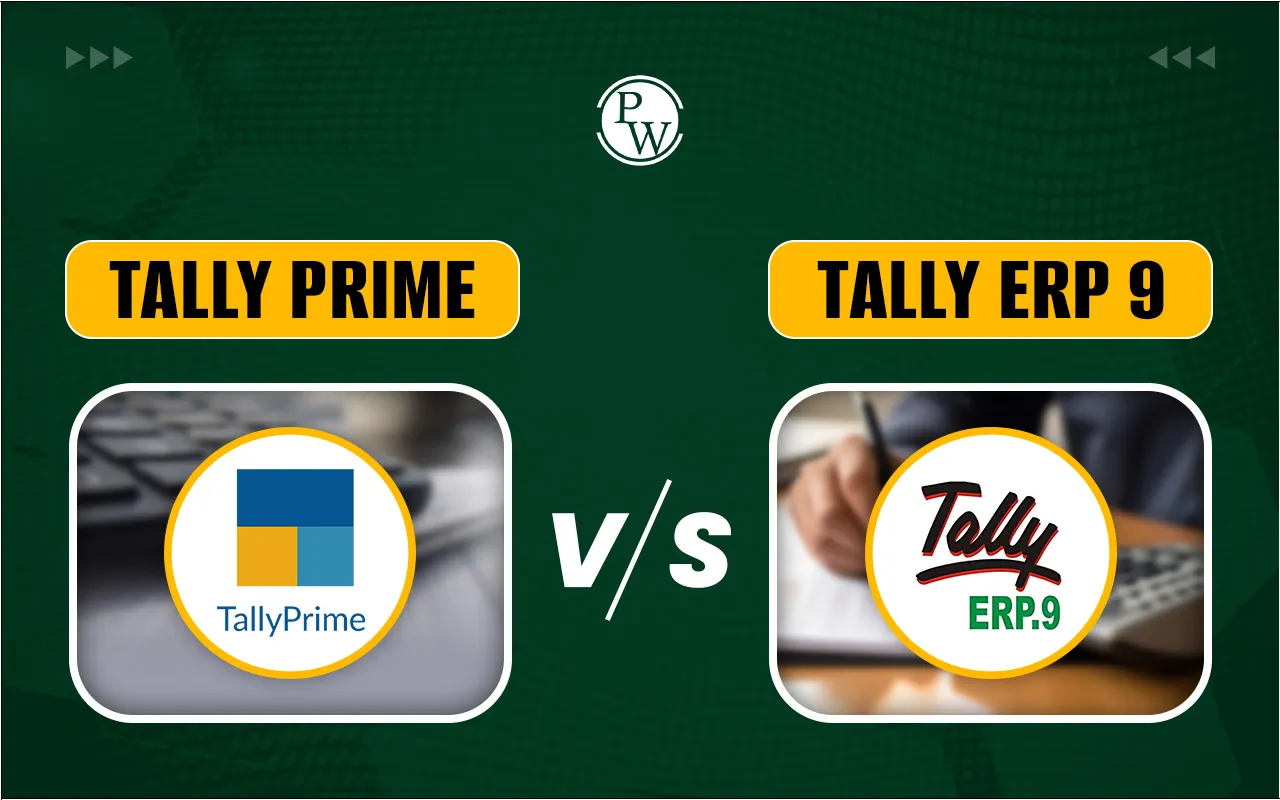
Goodwill Accounting: Have you ever wondered why companies pay more than the net worth of a business during acquisitions? This extra amount is recorded as goodwill in accounting—an intangible asset that reflects brand reputation, customer loyalty, and business strength.
Goodwill accounting definition states that it arises when a company pays more than the fair value of assets minus liabilities. This premium represents the nature of goodwill in accounting, including strong customer relations and proprietary advantages.
Here, we’ll define goodwill in accounting, explore goodwill account types, and explain how to calculate goodwill with examples. Understanding goodwill meaning in accounting helps assess a company's true market value.
What is Goodwill Accounting?
Goodwill accounting refers to the process of measuring, recording, and reporting goodwill as an intangible asset in financial statements. Goodwill appears when a business is purchased for more than the fair value of its net identifiable assets. A goodwill account is a long-term asset on the balance sheet. Unlike other intangibles, it is not amortized but is tested for impairment annually.
For example, if a company buys another for $50 million, but its net assets are worth $40 million, the goodwill meaning in accounting is the $10 million extra paid. This explains the nature of goodwill in accounting—value beyond measurable assets.
Types of Goodwill in Accounting
Goodwill accounting classifies goodwill into two main types: purchased goodwill and inherent goodwill. Both represent a company’s intangible value beyond physical assets.
1. Purchased Goodwill:
Purchased goodwill arises when a company acquires another business at a price higher than the fair value of its net assets. For instance, if Company A buys Company B for $10 million, but Company B’s net assets are worth $8 million, the extra $2 million is recorded as purchased goodwill.
2. Inherent Goodwill:
Also known as self-generated goodwill, this develops over time due to strong customer relationships, quality service, or market reputation. Since it is not linked to an acquisition, it is not recorded in financial statements.
Also known as self-generated goodwill, it develops naturally over time through:
-
Customer trust
-
Long-term quality service
-
Brand reputation
-
Skilled employees
Since it is not acquired through purchase, inherent goodwill cannot be recorded in the books. Each goodwill account type contributes to a business’s overall value, influencing investment decisions and financial reporting.
Goodwill Accounting: Calculation and Example
Goodwill accounting refers to the process of calculating and recording the intangible value a company acquires during a business purchase. It represents the premium paid over the fair market value of net assets.
How to Calculate Goodwill?
Goodwill Formula:
Goodwill = Purchase Price – (Fair Value of Assets – Fair Value of Liabilities)
Where:
-
Purchase Price (P): Amount paid to acquire the business
-
Fair Value of Assets (A): Market value of identifiable assets
-
Fair Value of Liabilities (L): Market value of liabilities
Example Calculation
A company acquires another business for ₹15 crores. The fair value of its assets is ₹12 crores, and liabilities are ₹2 crores.
Goodwill = ₹15 crores – (₹12 crores – ₹2 crores) = ₹5 crores
This ₹5 crores is recorded as goodwill in the acquiring company's balance sheet.
Goodwill Accounting Treatment
Goodwill is recorded as an intangible asset on the balance sheet but is not amortized. Instead, businesses conduct impairment tests periodically to ensure its value remains accurate.
Accounting Treatment at Partner Admission
When a new partner joins a business, goodwill may be handled in different ways:
- Cash Contribution (Not Recorded): The new partner pays for goodwill, but it is not recorded in the books.
-
Cash Contribution (Retained in Business): The amount is added to the business capital.
-
No Cash Contribution: The existing partners adjust goodwill among themselves.
-
Pre-existing Goodwill: If goodwill is already recorded, adjustments are made accordingly.
-
Full Value Recognition: The firm raises goodwill at its full market value.
However, goodwill accounting helps businesses understand the intangible value of an acquisition, impacting financial reporting and investment decisions.
Read More - Account Manager Job Description
Factors Affecting Goodwill Accounting
Goodwill accounting refers to the value of a business beyond its tangible assets. Several factors influence this intangible asset, impacting a company's reputation and financial standing:
- Business Location: A business in a prime or high-traffic area attracts more customers, leading to higher goodwill. In contrast, a business in a remote or less accessible location may have lower goodwill.
-
Reputation and Brand Recognition: A well-established brand with a strong market presence enjoys higher goodwill. Positive customer reviews and brand loyalty further enhance its value.
-
Quality of Products and Services: A company offering superior products or services gains customer trust and repeat business, increasing goodwill. Poor quality can have the opposite effect.
-
Management Efficiency: Strong leadership and effective management contribute to business growth, profitability, and goodwill. Poor management can reduce operational efficiency and harm goodwill.
-
Nature of Business and Market Demand: Businesses dealing in essential goods or high-demand products typically have stable revenue and higher goodwill. On the other hand, businesses relying on seasonal trends may experience fluctuations in goodwill.
-
Business Longevity: A company with a long-standing market presence often has a strong customer base and established goodwill. Newer businesses may take time to develop the same level of trust.
-
Risk and Market Conditions: Lower business risks, such as stable market demand and fewer operational uncertainties, result in higher goodwill. High-risk businesses may struggle to maintain goodwill.
-
Intellectual Property and Contracts: Patents, trademarks, and exclusive contracts give businesses a competitive advantage, increasing goodwill.
-
Employee and Customer Relationships: Good employee relations lead to better customer service, which enhances goodwill. Satisfied and loyal customers contribute significantly to a business’s reputation.
-
Financial Performance: A business with steady profits and strong financial stability tends to have higher goodwill. Investors and stakeholders are more likely to recognize and value a company that demonstrates consistent financial health and profitability.
Goodwill accounting is an essential aspect of assessing a company’s overall worth. Understanding these factors helps businesses improve their goodwill and strengthen their market position.
Goodwill Accounting: Valuation and Methods
Goodwill accounting refers to the valuation of a business's reputation, brand, customer loyalty, and other intangible benefits. It represents the extra value a buyer is willing to pay above the net assets of a company. Goodwill is only recorded in the books when it is acquired through a transaction, not when it is internally generated.
When is Goodwill Valued?
Goodwill valuation is essential in the following situations:
- Change in profit-sharing ratio among partners
-
Admission or retirement of a partner
-
Death of a partner
-
Merger or consolidation of partnership firms
-
Sale of a business as a going concern
Methods of Goodwill Valuation
Goodwill valuation helps determine the additional value a business holds beyond its net assets. Different methods are used based on the nature of the business and the purpose of valuation.
1. Average Profits Method:
This method values goodwill based on the average profits earned over previous years. It is useful when business earnings are stable.
- Simple Average Method: Goodwill is calculated by multiplying the average profit by the number of years the buyer expects extra profits.
Formula: Goodwill = Average Profit × No. of Years of Purchase
- Weighted Average Method: When profits fluctuate, more weight is given to recent profits to reflect the current trend.
Formula: Goodwill = Weighted Average Profit × No. of Years of Purchase
Example: If a business earns ₹5 lahks, ₹6 lakhs, and ₹7 lahks over three years and the buyer agrees to pay for goodwill based on three years’ purchase, then:
Average Profit = (₹5L + ₹6L + ₹7L) ÷ 3 = ₹6 lakh
Goodwill = ₹6 lakh × 3 = ₹18 lakh
2. Super Profits Method:
Goodwill is valued based on profits exceeding normal returns in the industry.
- Number of Years Purchase Method: This approach estimates goodwill by multiplying the firm's super profits by a set number of years, reflecting the expected future benefit from excess earnings.
Formula: Goodwill = Super Profit × No. of Years of Purchase
(Super Profit = Actual Profit – Normal Profit)
- Annuity Method: Considers the time value of money by discounting future super profits.
Formula: Goodwill = Super Profit × Discounting Factor
Example: If a company earns ₹10 lakh while similar businesses earn ₹8 lakh, the super profit is ₹2 lakh. If goodwill is based on five years of purchase, then:
Goodwill = ₹2 lakh × 5 = ₹10 lakh
Read More - Accounting Equation: Definition, Formula, Examples & Advantages
3. Capitalization Method:
Goodwill is calculated based on the capitalized value of average or super profits.
- Capitalization of Average Profits: This method determines goodwill by subtracting the capital employed from the capitalized value of average profits, based on the expected rate of return.
Formula: Goodwill = Capitalized Average Profits – Actual Capital Employed
(Capitalized Average Profits = Average Profits × [100 ÷ Normal Rate of Return])
- Capitalization of Super Profits: In this method, goodwill is calculated by capitalizing the firm's super profits based on the expected rate of return.
Formula: Goodwill = Super Profits × (100 ÷ Normal Rate of Return)
Example: If a firm has an average profit of ₹10 lakh and the industry’s normal return is 10%, the capitalized value is ₹1 crore (₹10 lakh × 10). If actual capital employed is ₹80 lakh, goodwill is:
Goodwill = ₹1 crore – ₹80 lakh = ₹20 lakh
Moreover, Goodwill accounting is crucial for accurately valuing a business, reflecting intangible assets like brand reputation and customer loyalty.
It’s essential for professionals in finance and business management to understand it, as it aids in assessing company value, making investment decisions, and managing mergers or acquisitions. Mastering this concept can give you a competitive edge in strategic roles.
Build Your Accounting Skills with PW (PhysicsWallah)
The PW Accounting and Taxation Online Course, a 4-month program in collaboration with PwC India, covers key topics in finance, tax, and accounting. Gain hands-on experience with tools like Zoho Books and Excel, alongside professional insights. Enhance your accounting knowledge with practical training. Take the first step toward advancing your career with the PW Accounting and Taxation Online Course—sign up now!
FAQ
What does goodwill mean in accounting?
What is the nature of goodwill in accounting?
What are the different types of goodwill in accounting?
How is goodwill recorded in financial statements?
What is a goodwill account and its significance?










